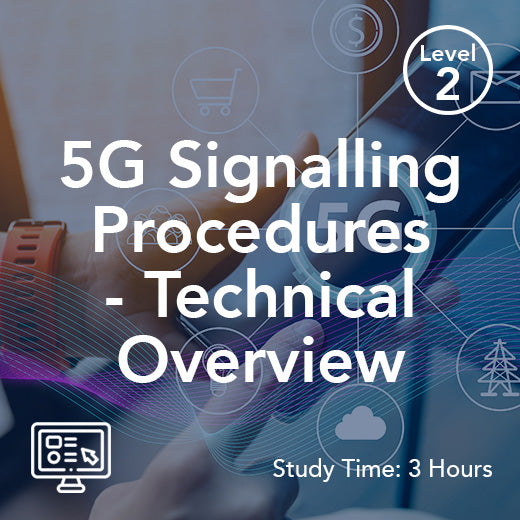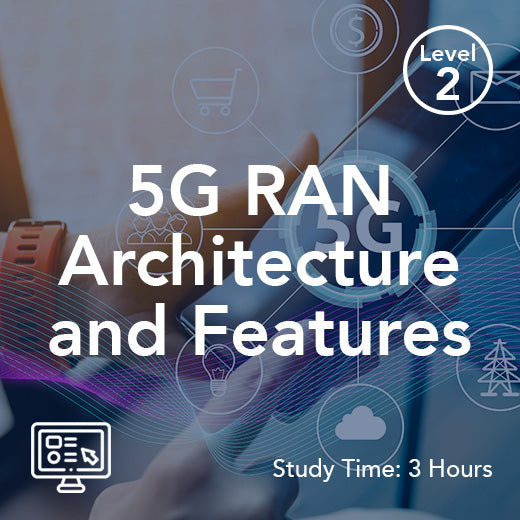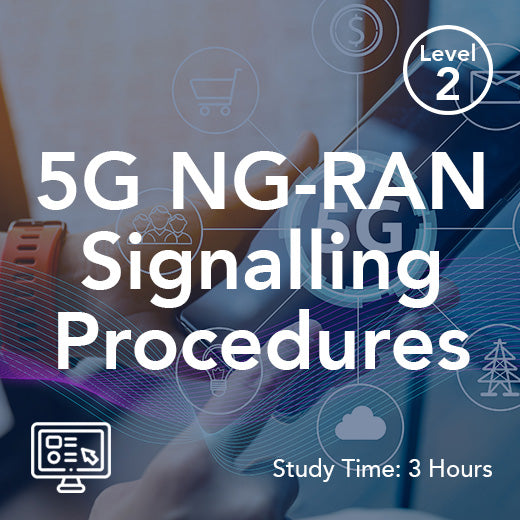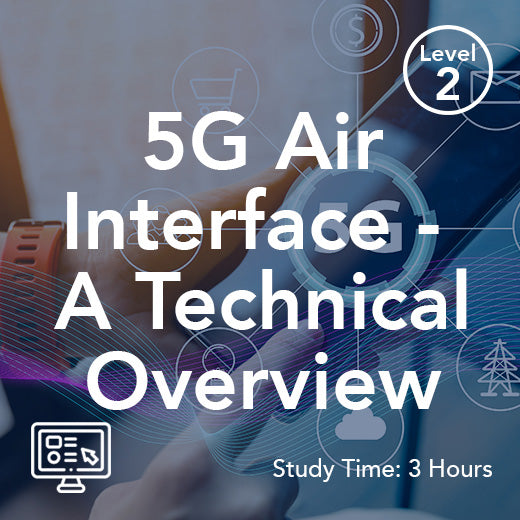Understanding the Basics of a Base Transceiver Station: A Simple Guide
- , by Stephanie Burrell
- 12 min reading time
In today’s connected world, the base transceiver station (the term BTS stands for Base Transceiver Station and is a key part of wireless communication infrastructure), often simply called a BTS, plays a crucial role in wireless communication. Found at the heart of mobile networks, these stations are responsible for facilitating the exchange of signals between mobile phones and the network. A BTS includes various equipment such as antennas, transceivers, and control units, which will be explained in detail later. Without them, the seamless communication we enjoy every day would not be possible. This guide will break down the fundamental aspects of a BTS, helping you understand how these stations support our mobile connectivity. Whether you’re a tech enthusiast or just curious about what keeps your mobile phone working, this article will provide you with a clear overview.
Introduction to Mobile Networks
Mobile networks form the backbone of modern wireless communication, connecting billions of mobile devices and enabling everything from voice calls to high-speed internet access. At the heart of these networks are Base Transceiver Stations (BTS), which facilitate wireless communication by transmitting and receiving radio signals between mobile phones and the network. Each BTS unit is responsible for converting these radio signals into a format that the network can process, ensuring that calls, text messages, and data sessions are delivered smoothly and reliably.
As mobile communication technologies evolve and the number of connected devices continues to rise, the efficiency and reliability of BTS units become even more crucial. The BTS plays a pivotal role in maintaining network performance, supporting a wide range of services, and ensuring that users experience seamless connectivity wherever they are. To keep the entire mobile network running smoothly, the network management system (NMS) works alongside BTS units to monitor, manage, and optimize network operations, addressing issues before they impact users. In this way, BTS and the NMS together form the foundation of robust and dependable mobile networks.
What is a Base Transceiver Station?
A Base Transceiver Station (BTS) is a critical part of the mobile communication infrastructure. The BTS operates under the management of a base station controller (BSC), which coordinates multiple BTS units within the network. It serves as the primary point of contact between mobile devices and the network.
The BTS performs several key functions, such as managing radio signals, frequency allocation, and handovers, ensuring seamless wireless communication between users and the core network.
A BTS consists of several key components that enable it to support a variety of wireless technologies, including GSM, CDMA, and emerging standards.
Key Components Explained
A BTS comprises several essential components that work together to ensure effective communication.
The antenna system is perhaps the most visible part, enabling signal transmission and reception. Antennas come in various types, each suited for different coverage areas.
The transceiver handles the actual communication by transmitting and receiving signals. It converts signals from the mobile device into a format suitable for the network and vice versa.
The baseband unit is responsible for digital signal processing within the BTS. It processes and manages the digital data before it is transmitted or after it is received, playing a crucial role in the overall communication infrastructure of mobile networks.
Power supplies are vital for uninterrupted operation. They include backup systems to ensure the BTS remains active during power failures.
The control unit manages the overall operation, coordinating between the antenna and the network. It also handles handovers when a mobile device moves between cells.
The backhaul connection links the BTS to the broader network, typically via fibre or microwave links. This connection ensures data is transmitted efficiently to and from the network.
Basic Functionality Overview
The basic functionality of a BTS revolves around managing communication between mobile devices and the network. The BTS handles the management of radio frequency transmissions and signaling processes, ensuring reliable links between mobile devices and the network. Here’s a step-by-step process of how it works:
-
Signal Reception: The BTS receives radio signals from mobile devices in its coverage area (cell) through its antennas.
-
Signal Processing: The transceiver processes these signals, converting analog voice signals into digital format for efficient processing and transmission within the network.
-
Network Communication: The processed signals are sent to the network via the backhaul connection. This step ensures the data reaches its intended destination.
-
Signal Transmission: The BTS also receives data from the network, which it processes and sends to the respective mobile devices.
-
Handover Management: As mobile devices move, the BTS coordinates with neighbouring stations to transfer the connection seamlessly between cells.
This functionality is crucial for maintaining continuous communication, enabling calls, internet connectivity, and other services.
Signal Transmission and Reception
The core function of a BTS is to manage the transmission and reception of signals between mobile devices and the network. When a mobile phone initiates a call, sends a text, or accesses the internet, it communicates by sending radio signals to the nearest BTS. The BTS receives these radio signals through its antenna system and uses transceivers to convert them into digital signals that the network can process efficiently.
When the network needs to send information back to a mobile device, the process is reversed. The BTS receives digital signals from the network, converts them into radio frequencies using its transceivers, and broadcasts them through its antennas to the intended mobile device. This bidirectional flow of information enables real-time communication and data transmission, supporting multiple simultaneous connections for calls, messages, and internet sessions.
Advanced technology within the BTS ensures that users experience seamless connectivity, even in challenging environments such as inside buildings where wireless coverage can be difficult. The base station control function (BCF) is responsible for managing the operational states of the transceivers, optimizing signal transmission and reception, and ensuring that the BTS can handle the demands of modern wireless communication. This sophisticated coordination is essential for maintaining reliable service and high-quality connections across the network.
How BTS Connects to Networks
A BTS’s connection to the network is integral to its operation. This section will discuss its role in mobile communication and how it interacts with mobile devices. BTS units are specifically designed to manage network capacity and efficiently handle increasing numbers of user devices, ensuring reliable connectivity and optimal performance as demand grows.
Role in Mobile Communication
In mobile communication, the BTS serves as the bridge between mobile devices and the network. It plays a crucial role in ensuring connectivity and data transfer.
Signal relay is a primary function. The BTS relays signals from mobile devices to the network, facilitating communication between devices and internet access.
The handover process is essential for uninterrupted service. As users move, the BTS coordinates with adjacent stations, ensuring seamless connectivity by managing signals and providing uninterrupted coverage as users transition between coverage areas.
Network management involves monitoring and managing traffic within its coverage area. The BTS helps balance network load, preventing congestion and ensuring efficient operation.
In essence, the BTS ensures that mobile communication is reliable, enabling everything from simple voice calls to complex data transfers.
Interaction with Mobile Devices
Interaction between BTS and mobile devices is continuous and dynamic. This interaction is key to maintaining connectivity.
Signal exchange is constant. Mobile devices send signals to the BTS, which are processed and sent to the network. The BTS also sends signals back to the devices.
Device registration happens when a mobile device enters a BTS coverage area. The device registers with the network, allowing it to receive and make calls or data requests.
Handover coordination is essential as users move. The BTS ensures a smooth transition between cells, maintaining call quality and data connections.
Overall, the interaction between BTS and mobile devices involves constant exchange and coordination, enabling seamless mobile communication.
Importance of Frequency and Coverage
Frequency management and coverage planning are vital aspects of BTS operation. Telecommunication towers are often used to mount BTS units, providing the necessary height for wide-area coverage. They ensure efficient communication and network reliability.
Frequency Management Basics
Frequency management involves allocating and using frequencies to avoid interference and optimise communication.
Frequency allocation is essential. Different frequencies are used for different communication types, ensuring minimal overlap and interference.
Interference management is critical. The BTS employs techniques to minimise interference from other signals, ensuring clear communication.
Load balancing involves managing user distribution across frequencies to prevent congestion and maintain service quality.
Effective frequency management ensures that communication is clear and uninterrupted, improving overall network performance.
Coverage Planning Essentials
Coverage planning ensures that the network provides adequate service to all areas, minimising dead zones.
Site selection is a key part of planning. BTS locations are chosen based on population density and geographic features to ensure optimal coverage.
Signal strength analysis helps determine where coverage might be weak. The analysis helps in planning additional BTS installations.
Capacity planning involves anticipating user demand and ensuring the network can handle peak loads without service degradation.
Overall, careful coverage planning is necessary to provide reliable mobile communication to all users.
Maintenance and Troubleshooting
Maintaining a BTS is crucial for its long-term operation. Monitoring stations are used to oversee BTS installations and maintain network reliability, especially as infrastructure scales and technology evolves. Regular maintenance and effective troubleshooting ensure continued service reliability.
Regular Maintenance Practices
Regular maintenance is essential to keep a BTS functioning correctly. Here are some common practices:
-
Routine Inspections: Regular checks of all components ensure they are operating correctly.
-
Software Updates: Keeping the control unit software up-to-date ensures optimal performance and security.
-
Hardware Checks: Inspecting antennas, transceivers, and power supplies to ensure they are in good condition.
-
Backup Systems Testing: Regular testing of backup power supplies to ensure they will function in emergencies.
-
Performance Monitoring: Continuous monitoring of BTS performance to identify and resolve issues before they affect operation.
These practices help maintain a BTS's functionality and reliability, preventing service disruptions.
Common Issues and Solutions
Common issues can affect a BTS's operation. Here are some typical problems and their solutions:
Signal interference can degrade service quality. Solutions include frequency adjustment and additional filtering.
Hardware failures are addressed by regular inspections and timely replacements of faulty components.
Software glitches can be solved with updates and patches, ensuring the control unit operates smoothly.
Power outages require robust backup systems, ensuring the BTS remains operational during power failures.
By addressing these issues promptly, network operators can maintain the quality and reliability of their services.
Security Considerations
Security is a vital aspect of BTS operations, ensuring that wireless communication remains private and protected from unauthorized access. To safeguard the integrity and confidentiality of data, BTS units employ a range of security measures, including encryption and authentication protocols. These measures help prevent eavesdropping and unauthorized use of the network, giving users confidence in the safety of their communications.
The base transceiver station works closely with mobile devices to implement security features such as frequency hopping, which makes it more difficult for potential attackers to intercept signals. Alarm extension systems are also in place to detect and respond to security threats quickly. The network management system (NMS) plays a key role in monitoring BTS units and the broader mobile network, ensuring that any security issues are identified and addressed promptly.
In addition to these foundational protections, advanced features like massive MIMO and small cells further enhance the security and efficiency of BTS operations. By supporting more connections and improving signal quality, these technologies help maintain the integrity of wireless communication, making BTS a critical component in the ongoing effort to provide secure and reliable mobile network services.
Future of Base Transceiver Stations
The future of BTS involves technological advancements and overcoming challenges to improve service quality and coverage. Future trends in BTS technology include the ongoing evolution towards 5G, the adoption of beamforming, improvements in energy efficiency, and the integration of edge computing to support upcoming applications and connectivity demands.
Advancements in Technology
Technological advancements are shaping the future of BTS. Here are some innovations to watch:
-
5G Deployment: New technologies offer faster speeds and lower latency, enhancing network capabilities.
-
Energy Efficiency: Emerging technologies aim to reduce energy consumption, making BTS more sustainable.
-
Smaller Cells: The development of smaller, more efficient cells improves coverage in dense urban areas.
These advancements promise to enhance the capabilities and efficiency of BTS, supporting the growing demand for mobile communication.
Challenges and Opportunities
Despite advancements, challenges remain. Here’s a look at some key areas:
Integration of new technologies can be complex, requiring upgrades and new infrastructure.
Regulatory hurdles often affect frequency allocation and deployment, impacting implementation timelines.
Environmental concerns push for sustainable solutions, creating opportunities for greener technology.
Addressing these challenges presents opportunities for innovation and improvement in mobile communication infrastructure.
Conclusion
In summary, Base Transceiver Stations (BTS) are indispensable to the infrastructure of wireless communication, enabling seamless connectivity between mobile devices and the network. BTS plays a critical role in maintaining network reliability, managing efficient signal transmission and reception, and upholding the security of wireless communication. As the demand for wireless services continues to grow, the adaptability and power of BTS become even more important for supporting modern mobile networks.
Understanding BTS technology is essential for telecommunications professionals and building managers alike, as it underpins the delivery of robust in-building wireless coverage and high-quality user experiences. Effective management of BTS units, supported by advanced features such as massive MIMO and small cells, ensures that mobile networks remain efficient, secure, and ready to meet future challenges. As wireless communication technologies evolve, BTS will continue to be a crucial component, driving innovation and maintaining the seamless connectivity that has become a vital part of our daily lives.

































